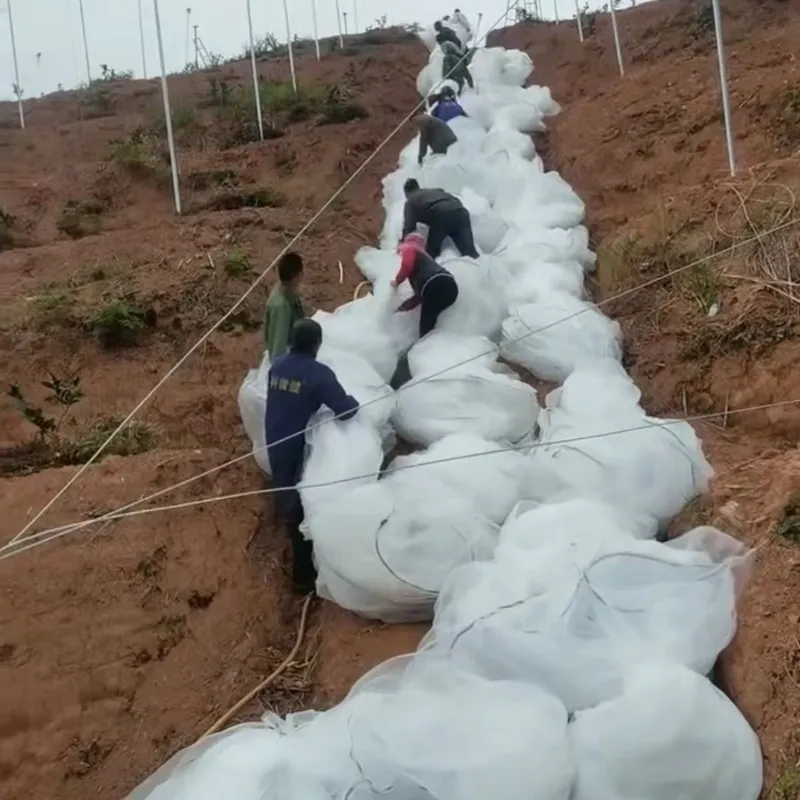-
 Afrikaans
Afrikaans -
 Albanian
Albanian -
 Amharic
Amharic -
 Arabic
Arabic -
 Armenian
Armenian -
 Azerbaijani
Azerbaijani -
 Basque
Basque -
 Belarusian
Belarusian -
 Bengali
Bengali -
 Bosnian
Bosnian -
 Bulgarian
Bulgarian -
 Catalan
Catalan -
 Cebuano
Cebuano -
 China
China -
 Corsican
Corsican -
 Croatian
Croatian -
 Czech
Czech -
 Danish
Danish -
 Dutch
Dutch -
 English
English -
 Esperanto
Esperanto -
 Estonian
Estonian -
 Finnish
Finnish -
 French
French -
 Frisian
Frisian -
 Galician
Galician -
 Georgian
Georgian -
 German
German -
 Greek
Greek -
 Gujarati
Gujarati -
 Haitian Creole
Haitian Creole -
 hausa
hausa -
 hawaiian
hawaiian -
 Hebrew
Hebrew -
 Hindi
Hindi -
 Miao
Miao -
 Hungarian
Hungarian -
 Icelandic
Icelandic -
 igbo
igbo -
 Indonesian
Indonesian -
 irish
irish -
 Italian
Italian -
 Japanese
Japanese -
 Javanese
Javanese -
 Kannada
Kannada -
 kazakh
kazakh -
 Khmer
Khmer -
 Rwandese
Rwandese -
 Korean
Korean -
 Kurdish
Kurdish -
 Kyrgyz
Kyrgyz -
 Lao
Lao -
 Latin
Latin -
 Latvian
Latvian -
 Lithuanian
Lithuanian -
 Luxembourgish
Luxembourgish -
 Macedonian
Macedonian -
 Malgashi
Malgashi -
 Malay
Malay -
 Malayalam
Malayalam -
 Maltese
Maltese -
 Maori
Maori -
 Marathi
Marathi -
 Mongolian
Mongolian -
 Myanmar
Myanmar -
 Nepali
Nepali -
 Norwegian
Norwegian -
 Norwegian
Norwegian -
 Occitan
Occitan -
 Pashto
Pashto -
 Persian
Persian -
 Polish
Polish -
 Portuguese
Portuguese -
 Punjabi
Punjabi -
 Romanian
Romanian -
 Russian
Russian -
 Samoan
Samoan -
 Scottish Gaelic
Scottish Gaelic -
 Serbian
Serbian -
 Sesotho
Sesotho -
 Shona
Shona -
 Sindhi
Sindhi -
 Sinhala
Sinhala -
 Slovak
Slovak -
 Slovenian
Slovenian -
 Somali
Somali -
 Spanish
Spanish -
 Sundanese
Sundanese -
 Swahili
Swahili -
 Swedish
Swedish -
 Tagalog
Tagalog -
 Tajik
Tajik -
 Tamil
Tamil -
 Tatar
Tatar -
 Telugu
Telugu -
 Thai
Thai -
 Turkish
Turkish -
 Turkmen
Turkmen -
 Ukrainian
Ukrainian -
 Urdu
Urdu -
 Uighur
Uighur -
 Uzbek
Uzbek -
 Vietnamese
Vietnamese -
 Welsh
Welsh -
 Bantu
Bantu -
 Yiddish
Yiddish -
 Yoruba
Yoruba -
 Zulu
Zulu
welded wire fabric
Understanding Welded Wire Fabric Applications and Benefits
Welded wire fabric is a mesh product created by welding together wires at their intersections, forming a strong, stable grid. This material is increasingly popular in a variety of construction and engineering applications due to its versatility, durability, and cost-effectiveness. In this article, we will delve into what welded wire fabric is, its applications, benefits, and why it’s a preferred choice for many construction projects.
What is Welded Wire Fabric?
Welded wire fabric (WWF), also known as welded wire mesh, is made from high-quality steel wires that are uniformly spaced and welded at their intersections. These wires are available in various diameters and configurations, allowing for a range of mesh sizes and openings. Typically, WWF comes in rolls or sheets, making it easy to handle and install. Its designs can vary, with some featuring larger openings for specific applications, while others have finer meshes for more delicate projects.
Common Applications of Welded Wire Fabric
1. Reinforcement in Concrete Structures One of the primary uses of welded wire fabric is in the reinforcement of concrete. It is widely used in slabs, pavements, and walls to improve the structural integrity of these elements. The mesh works to distribute loads evenly and reduces the risk of cracking, thus enhancing the longevity of concrete structures.
2. Residential Construction In residential applications, welded wire fabric is used in foundations, driveways, and patios. Its strength and durability help to stabilize the concrete, providing a solid base for homes and outdoor structures.
3. Industrial Applications Numerous industrial facilities benefit from welded wire fabric, including warehouses and manufacturing plants. It is often used in flooring systems subject to heavy loads, ensuring increased safety and stability.
4. Fencing Solutions WWF is also employed in various fencing scenarios, providing a robust and reliable barrier for both security and containment purposes. It can be seen in agricultural settings, residential properties, and even in commercial applications.
welded wire fabric

Benefits of Using Welded Wire Fabric
1. Strength and Durability One of the most significant advantages of welded wire fabric is its strength. The welding process creates a unified mesh that can withstand considerable tensile and shear forces, making it ideal for high-load applications.
2. Cost-Effectiveness Compared to traditional reinforcement methods such as rebar, WWF often proves to be more cost-effective. It requires less labor for installation, as it can be laid out quickly, reducing overall project time and associated costs.
3. Ease of Installation Welded wire fabric is relatively easy to handle and install. Its uniform size and shape help contractors and builders to lay it down without extensive preparation, reducing the time and effort required for setup.
4. Versatility With various mesh sizes and wire diameters available, welded wire fabric can be utilized in a wide range of applications, from thin slabs to heavy structural components.
5. Reduced Cracking The use of welded wire fabric in concrete significantly reduces the risk of cracking and shifting due to temperature changes or heavy loads, enhancing the overall durability and lifespan of structures.
6. Sustainability Made from recyclable materials, that can be reused at the end of their life cycle, welded wire fabric aligns with environmentally conscious building practices.
Conclusion
Welded wire fabric is an integral component in modern construction, known for its strength, versatility, and cost-effectiveness. Its applications range from residential foundations to industrial floors and agricultural fencing. With ongoing advancements in materials and manufacturing techniques, welded wire fabric continues to evolve, offering solutions that meet the demands of contemporary engineering challenges. For builders, architects, and engineers, embracing the benefits of welded wire fabric can lead to enhanced structural integrity and a more efficient construction process, ultimately contributing to safer and more durable buildings.
-
Shipping Plastic Bags for Every NeedNewsJul.24,2025
-
Safety Netting: Your Shield in ConstructionNewsJul.24,2025
-
Plastic Mesh Netting for Everyday UseNewsJul.24,2025
-
Nylon Netting for Every UseNewsJul.24,2025
-
Mesh Breeder Box for Fish TanksNewsJul.24,2025
-
Expanded Steel Mesh Offers Durable VersatilityNewsJul.24,2025











